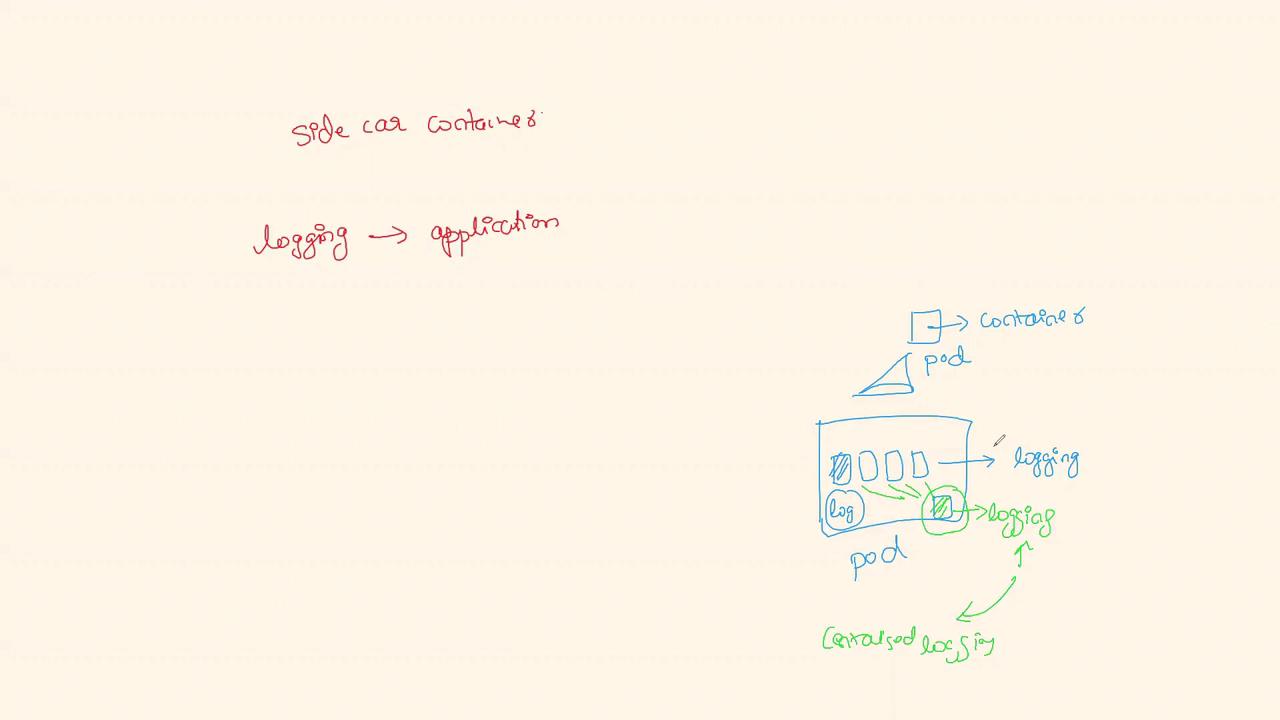DevOps Interview Preparation Course
Kubernetes
Kubernetes Question 5
In this lesson, we will explore the concept of a sidecar container in Kubernetes and how it can enhance your application's logging and scalability.
What Is a Sidecar Container?
A sidecar container is designed to run alongside your main application containers within the same Pod. Its purpose is to offload common tasks—such as logging—from the primary application, allowing for better separation of concerns and improved manageability.
The Role of Sidecar Containers in Logging
When a Pod runs multiple containers, each container handles a portion of the application and generates logs. However, if one container is terminated or restarted, its logs can be lost. To address this issue, you can modify the Pod by adding a dedicated sidecar container whose sole responsibility is to collect logs from all application containers. This container then forwards the log data to a centralized logging system.
Key Benefit
Decoupling the logging functionality from the main application containers ensures that logging continues uninterrupted—even if an application container restarts—thus improving deployment, scalability, and overall management.
How It Works
Consider a Pod with multiple containers where each container contributes to your application. By introducing a sidecar container, you:
- Enhance Reliability: Logs persist even if one of the application containers restarts.
- Improve Scalability: The logging service can be managed independently to handle increased load.
- Increase Flexibility: Centralizing logging simplifies deployment and troubleshooting.

Summary for Interview Settings
When discussing sidecar containers in an interview, you can explain:
- Sidecar containers are additional containers within a Pod that manage common tasks, such as logging.
- They operate independently of the main application containers, ensuring continuous log collection and forwarding to a centralized system.
- This separation of concerns leads to more streamlined deployment processes, enhanced scalability, and improved management of production environments.
That's it for this lesson. In our next article, we'll dive deeper into additional Kubernetes concepts. Until then, happy learning and take care!
Watch Video
Watch video content